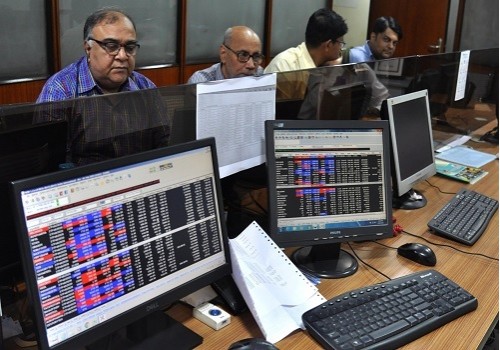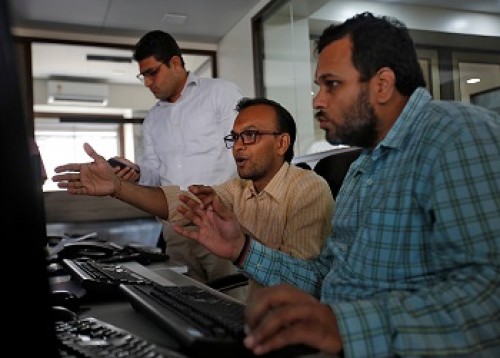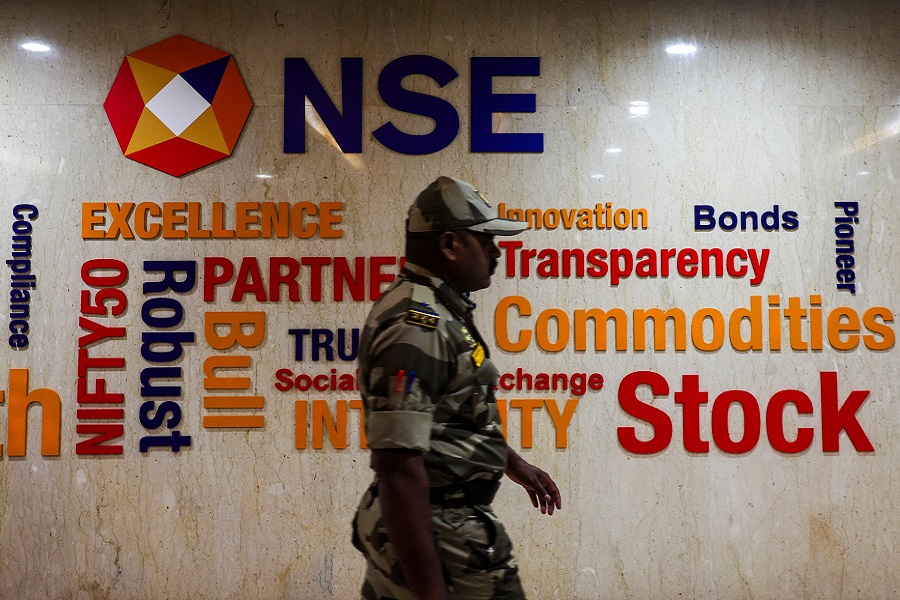Volatility either behind us or largely priced in, investor focus should now shift from `Events to Earnings`: Motilal Oswal Private Wealth

Alpha Strategist Report by Motilal Oswal Private Wealth (MOPW), with much of the event-driven volatility either behind us or largely priced in, investor focus should now shift “From Events to Earnings”. Early Q4 results suggest improving corporate performance, and a 14% CAGR in Nifty EPS over the next two years is expected. Valuations for large caps (Nifty 50) have moved from attractive to fair following the recent rally, so return expectations should be moderated. While mid and small caps continue to trade at a premium relative to long-term averages, selective opportunities are beginning to emerge in these segments.
MOPW believes India appears relatively better positioned. Indicators like a falling 10-year yield, a relatively stable rupee, contained inflation, and continued fiscal discipline support a constructive outlook. Despite some slowdown concerns, record-high GST collections in April (up 12.6% YoY), a rising manufacturing PMI, and robust export data point to a potential pickup in economic activity. FII flows have turned net positive for two consecutive months, reflecting renewed investor confidence.
Considering the recent developments, for equity investments, a lump sum approach in Hybrid, Large Cap, and Flexi Cap funds, for Mid and Small Cap strategies, a staggered investment approach over the next 2– 3 months is advisable, with any market pullback offering an opportunity for more aggressive deployment is recommended. In fixed income, a benign inflation trend and growth concerns have allowed the RBI to pivot towards supporting the economy.
The Indian 10-year G-Sec yield has been stable and gradually declining, supported by favourable demandsupply dynamics and easing inflation. RBI measures like OMO purchases, term repo auctions, and USD/INR swaps have improved liquidity. With surplus liquidity and rate cuts softening yields across maturities, the yield curve has begun to steepen. In this context, MOPW favours accrual strategies, as current long-term yield levels are not compelling for duration plays
Lastly, while gold reached all-time highs in April amid global uncertainty, it now appears stretched, as some of that uncertainty has eased. From an asset allocation perspective, MOPW maintains a neutral stance on gold.
Long-Term Investing Remains Key
Investments, when given time to grow, have a much higher chance of reaching their full potential. To understand the truth behind these statements, MOPW conducted a small study that tracked the journey of the Nifty 50 Index and two actively managed funds in the last 29 years. The study yielded some very fascinating discoveries of the equity markets
* MOPW noticed that negative or low return periods were perpetually followed by medium to high return periods. This observation is a simple explanation for understanding that equity returns are nonlinear and tend to be bunched in few years. Another important finding was that approximately 66.67% of the time one-year absolute returns were positive.
* In the case of active funds, there were some further motivating discoveries. In spite of having a poor entry point and suffering negative returns in the first year, the active fund managers were successfully able to produce positive annualized returns on a 5-year period and double digit returns on a 10-year period.
* The conclusion is that compounding has a much larger effect on investment returns than realized and that one should not get easily spooked by negative returns as they will fade with time. When looking at these several data points, the bear markets appear to be like minor speed bumps in a consistent rally, but this is a view in hindsight. When investors are in the thick of the fall, an atmosphere of doom gets created in the mind and it becomes very hard go against the primary instinct of selling. For example, when the Nifty 50 Index crashed 52% in CY08 only the very few investors who were able to hold their nerves and brave the storm benefitted from the 71% rally in CY09.
FII & DII Flows
Foreign Institutional Investors turned net buyers in India for the second consecutive month, investing USD 1.3 billion, while Domestic Institutional Investors continued their strong support with USD 3.3 billion in inflows. Despite this recent uptick, FIIs have withdrawn USD 12.3 billion from Indian equities in 2025 so far, compared to just USD 0.8 billion in outflows during 2024. Meanwhile, DIIs have infused USD 25.1 billion year-to-date, though lower than the USD 62.9 billion in 2024. This trend of FII outflows is also evident across key Asian markets like Japan, Taiwan, and South Korea, reflecting a broader regional shift in foreign investment sentiment
Equity Strategy
Global concerns like the US tariff war and slower growth have eased, allowing Indian markets to expected to build on improving domestic factors such as stabilizing yields, a stronger rupee, lower inflation and crude prices, and positive earnings outlook. Along with renewed foreign investor interest, drove a market rebound in April 2025. The India–Pakistan tensions may cause short-term volatility, though overall market sentiment remains stable due to strong economic fundamentals, political stability, and healthy corporate balance sheets. Large-cap valuations are now around their 10-year average, while mid- and small-caps still trade at a premium, though select opportunities exist. Investors with lower equity allocations may consider lump-sum investments in Hybrid, Large Cap, and Flexi Cap funds, and adopt a staggered approach for mid- and small-caps over the next 2–3 months, with faster deployment if markets correct meaningfully
Fixed Income View & Portfolio Strategy
With the evolving interest rate scenario, we believe the duration play is in its last leg and long term yields to remain higher for longer and hence duration can be exited fully. Actions by RBI on rate cuts and liquidity, are likely to result into steepening in yield curve. We recommend fixed income portfolio to be Overweight on Accrual Strategies. Accrual can be played across the credit spectrum by allocating 45% – 55% of the portfolio to Performing Credit & Private Credit Strategies, InvITs & Select NCDs. 30% – 35% may be invested in Performing Credit Strategies/NCDs and InvITs. 20% – 25% may be invested in Private Credit including Real Estate/Infrastructure strategies and select NCDs. 25% - 35% of the portfolio may be invested in Arbitrage Funds (minimum 3 months holding period), Floating Rate Funds (9 – 12 months holding period), Absolute Return Long/Short strategies (minimum 12 -15 months holding period). For tax efficient fixed income alternative solutions, 20% - 25% of the portfolio may be allocated in Conservative Equity Savings funds (minimum 3 years holding period).
Gold and Silver
The first quarter of 2025 witnessed a dynamic gold market, marked by record-setting prices and notable shifts in demand across various sectors. Total gold supply reached 1,206 tonnes (t), a 1% increase yearon-year and the highest for the first quarter since 2016. This slight uptick in demand volumes translated to a significant 40% y/y rise in value, reflecting the surging price of gold. The main factors fueling this price rally are the tariff wars, geopolitical uncertainty, stock market volatility, and US dollar weakness. The domestic spot gold prices in India also mirrored this trend, rising 23% y-t-d to INR93,217/10g.
Above views are of the author and not of the website kindly read disclaimer

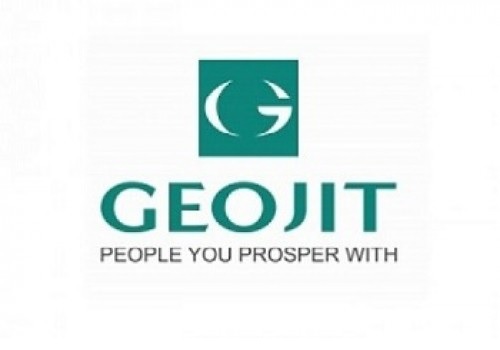
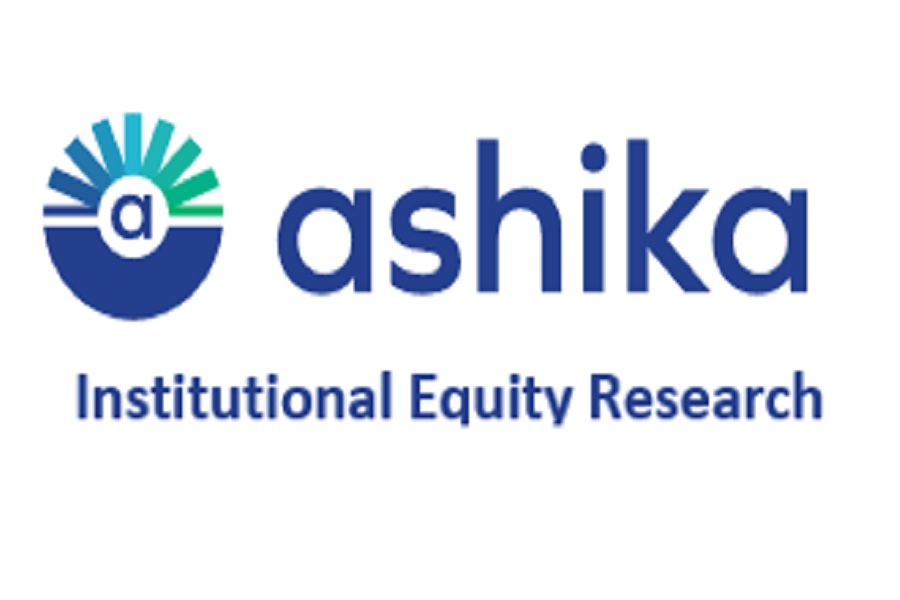
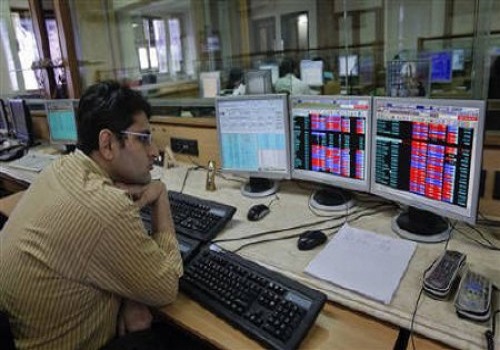






Tag News

Quote on Markets Commentary for 29th December 2025 by Ashika Institutional Equities



More News

Quote on Market Morning Inputs by Shrikant Chouhan, Head Equity Research, Kotak Securities
